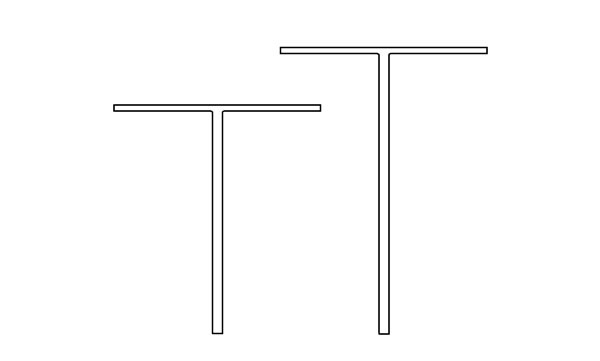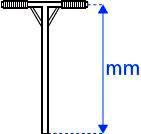Note: In order to utilise and use this scooter component correctly, it requires certain skills and an in-depth understanding of the scooter. Therefore, the product is recommended for trained riders or riders with a level above. If you are inexperienced, you will find it difficult to take advantage of the fantastic functions the product has, and you risk damaging your parts.
If you buy for more than €90 in our webshop you'll get free shipping. Orders €39 → €90 Shipping fee €5.95.
Read more.
Shipping time: 4-8 weekdays.
Read more.
365 days right of return If you order online at EuroSkateshop you always have 365 days right of return.
We offer free return shipping if you want to exchange for a different size or colour. Simply order the desired product on the website and include the new order confirmation in the return parcel. Read more.
| SCS adapter included | Yes |
|---|---|
| Bar shape | Y-Shaped |
| Bar design | One-Piece |
| Compatible with | HIC/SCS (incl. SCS adapter) |
| Bar Inner diameter | 32 mm (1.25") |
| Bar material | Chromoly 4130 |
| Material | Chromoly Steel 4130 |
| Outer diameter | 35 mm (1.37") (Oversized) |
| SCS ready | No |
| SKU | 0102001077529-vconf |
| Enable Qty Increments (B2B) | No |
| Taxcode | 9503.0010.00 | Kick Scooters |

When you're looking for a bar for your scooter, you should pay attention to which compression system the bar is compatible with. In addition, the bar's diameter should also match the fork and clamp on your scooter.
There are also many different sizes of scooter bars. Some prefer tall and narrow bars, while others prefer low and wide bars - but all of this is a matter of taste, to be assessed by the individual rider.
Most bars for stunt scooters are made of chromed steel, which is the strongest material. Other stunt scooter bars are made of aluminum, which is also a relatively strong material and does not weigh much.
Recommended bar height
| Rider height | Bar height | Age |
| 128 -140 cm | 482-533 mm | 7-9 Year |
| 140 - 156 cm | 533 - 584 mm | 10-13 Year |
| 156 - 171 cm | 560 - 660 mm | 12-15 Year |
| 171 - and up after | 660 mm | 14 Year and up after |
Compression systems
When it comes to scooter bars, it's important to understand compression systems to know which bar to use for which scooter. You can read about the three different compression systems below. On all scooters on our website, it will be stated which system is suitable for the specific scooter. For more info, check out our scooter bar guide here!
ICS (Inverted Compression System):
ICS is a compression system often used in trick scooters. It involves a compression bolt that extends through the centre of the handlebar and screws into a star nut installed inside the fork tube.
With ICS, the handlebar must have an incision (cut) in the bottom to allow the compression bolt to pass through and make contact with the star nut.
This system is known for its simplicity and efficiency, but requires handlebar grips specifically designed for ICS compatibility.
ISC (Internal Compression System):
ISC is another compression system used in trick scooters, similar to ICS but with a different compression method.
In ISC, the compression bolt passes through the top of the fork tube and screws into a star nut or compression cap installed inside the fork tube.
Handlebar grips for ISC compatibility typically do not require a cut as the compression bolt does not extend through the centre of the handlebar.
IHC (Integrated Headset Compression):
IHC is a compression system that integrates the compression mechanism with the headset bearings of the scooter.
With IHC, the compression bolt screws directly into the top of the fork tube, eliminating the need for a star nut or compression cap inside the fork tube.
Steering levers compatible with IHC do not require a cut as the compression bolt does not extend through the centre of the handlebar.
Each of these compression systems has its benefits and considerations, and the choice between them often comes down to personal preference, compatibility with the scooter's components and desired setup of the scooter. Riders should ensure compatibility between the handlebars and the compression system when assembling or upgrading their trick scooter.
| SCS adapter included | Yes |
|---|---|
| Material | Chromoly Steel 4130 |
| Bar shape | Y-Shaped |
| Outer diameter | 35 mm (1.37") (Oversized) |
| Bar design | One-Piece |
| SCS ready | No |
| Compatible with | HIC/SCS (incl. SCS adapter) |
| SKU | 0102001077529-vconf |
| Bar Inner diameter | 32 mm (1.25") |
| Taxcode | 9503.0010.00 | Kick Scooters |
| Bar material | Chromoly 4130 |
























